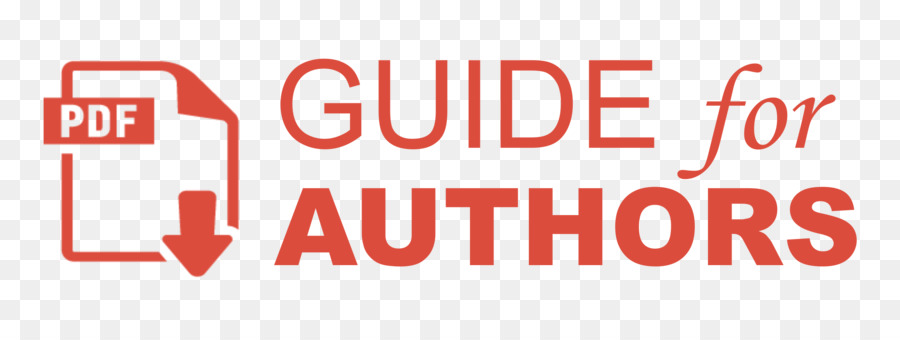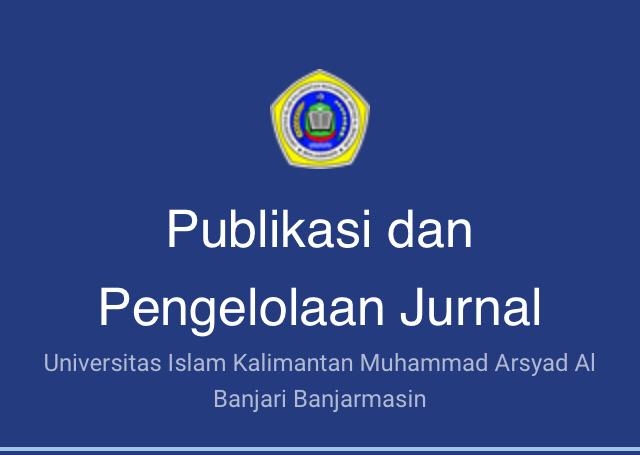PENGARUH IKLIM ORGANISASI DAN GAYA KEPEMIMPINAN TERHADAP KINERJA PEGAWAI
(1) Universitas Islam Kalimantan (UNISKA) MAB Banjarmasin
(2) Universitas Islam Kalimantan (UNISKA) MAB Banjarmasin
(3) Universitas Islam Kalimantan (UNISKA) MAB Banjarmasin
(*) Corresponding Author
Sari
Government organizational human resources consisting of leaders and employees. Organization of youth sports culture and tourism is particular agencies a government that has personnel were 60 employees. Organization of youth sports culture and tourism of a system of the indonesian government is a system of government bureaucracy that was overall would be a lot determined by the these agencies.Research aims to understand effects of climate organizations and style leadership of the performance of employees. The kind of research this is research quantitative to test the influence of between variables free variable bound, with the number of respondents about 60 personnel.Research this analyzed by the use of a test statistic spss for windows version 17. The research results show that there are influence in partial between climate organizations and style leadership of the performance of employees. There is the influence of simultaneously between climate organization style leadership of performance.
Keywords : organizational climate, leadership style and performance
Teks Lengkap:
PDFReferensi
Abdul Rashid, M.Z., M. Sambasivan & J. Johari (2003), “The influence of corporate culture and organizational commitment on performance”,
Journal of Management Development, Vol. 22, No. 8, pp. 708-728
AbuAlrub, RF (2004),” Job Stress, Job Performance, and Social Support Among
Hospital Nurses”, Journal of Nursing Scholarship, First Quarter.
Agarwal, S., T.E. DeCarlo & S.B. Vyas (1999), “Leadership behavior and
organizational commitment: A comparative study of American and Indian
salespersons” Journal of International Business Studies, Vol. 30, No. 4,
pp. 727-743
Antonioni, D. (1996), “Two strategies for responding to stressors: Managing
conflict and clarifying work expectations”, Journal of Business and
Psychology, Vol. 11, hal. 287-295.
Arnolds, C.A. & C. Boshoff (2002), “Compensation, esteem valence and job
performance: An empirical assessement of Aldefer’s ERG theory”,
International Journal of Human Resource Management, Vol. 113, No. 4,
pp. 697-719
Babin, B.J. & J.S. Boles (1998), “Employee behavior in a service environment: A
model and test of potential differences between men and women”, Journal
of Marketing, Vol. 62, hal. 77-91.
Bass, B.M., B.J. Avolio, D.I. Jung & Y. Berson (2003), “Predicting unit
performance by assessing transformational and transactional leadership”,
Journal of Applied Psychology, Vol. 88, No. 2, pp. 207-218
Bolon, D.S. & D.S. Bolon (1994), “A reconceptualization and analysis of
organizational culture: The influence of groups and their idiocultures”,
Journal of Managerial Psychology, Vol. 9, No. 5, pp. 22-27
Bono, J.E. & T.A. Judge (2003). “Self-concordance at work: Toward
understanding the motivational effects of transformational leaders”,
Academy of Management Journal, Vol. 46, No. 5, pp. 554-571
Cooke, R., & Lafferty, J. (1987), “Organizational Culture Inventory. Plymouth,
MI: Human Synergistics”. Journal of Management.
Douglas B. Currivan (2000), ”The Causal Order Of Job Satisfaction And
Organizational Commitment In Models Of employee Turnover”,
University of Massachussets, Boston, MA, USA.
DOI: http://dx.doi.org/10.31602/al-kalam.v4i1.828
Refbacks
- Saat ini tidak ada refbacks.

Al Kalam : Jurnal Komunikasi, Bisnis, dan Manajemen by https://ojs.uniska-bjm.ac.id/index.php/alkalam/index adalah ciptaan disebarluaskan di bawah Lisensi Creative Commons Atribusi-BerbagiSerupa 4.0 Internasional.









